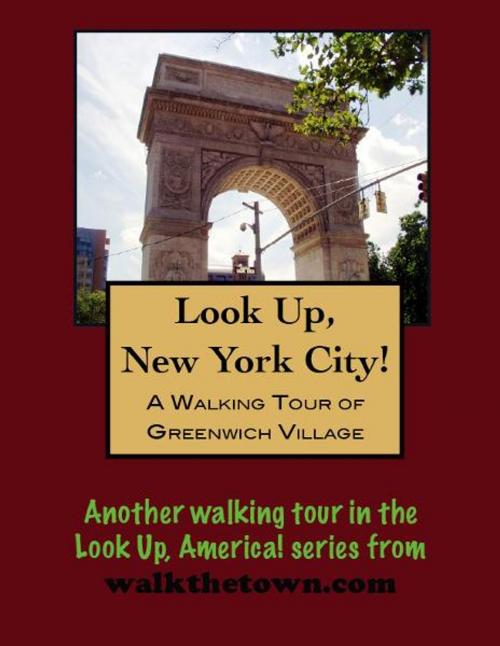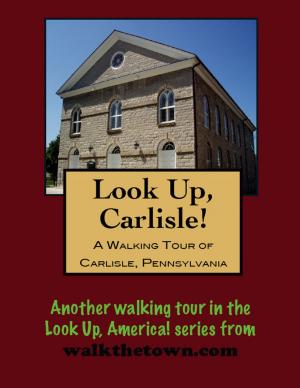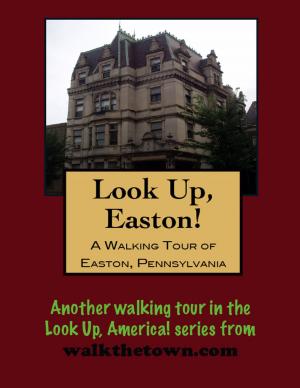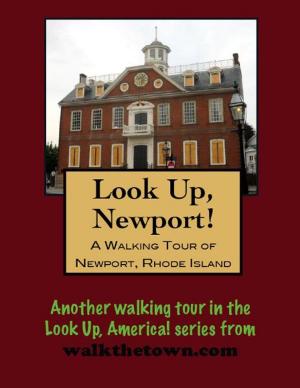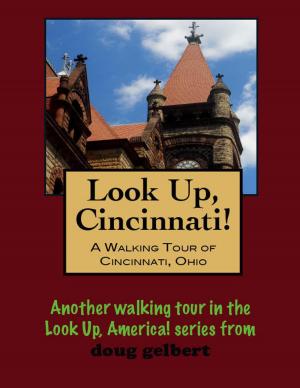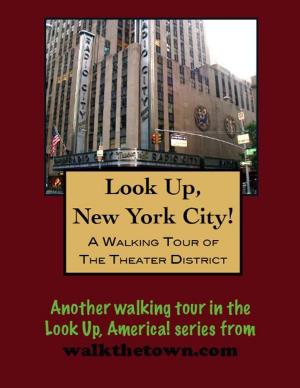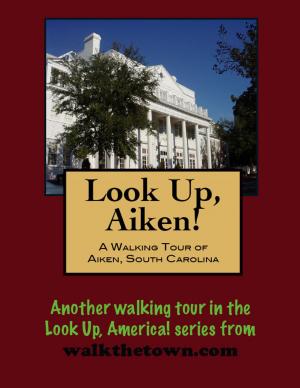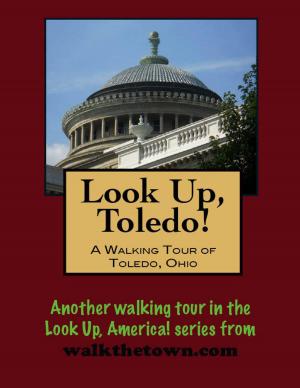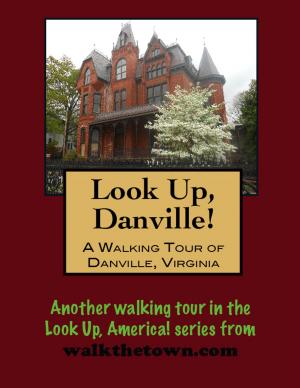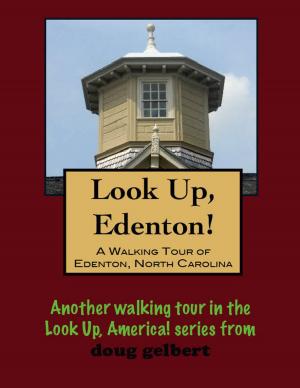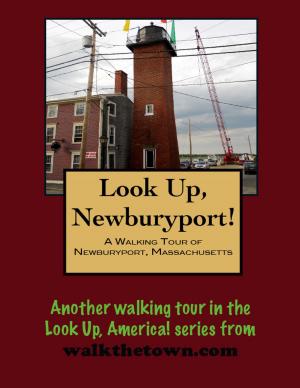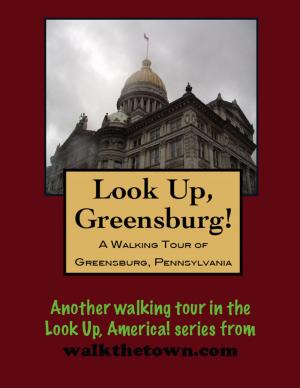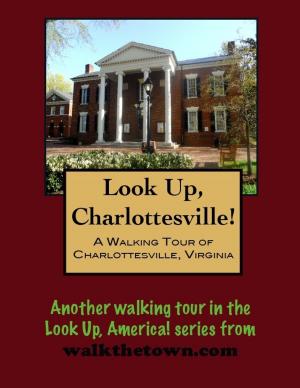| Author: | Doug Gelbert | ISBN: | 9781452307718 |
| Publisher: | Doug Gelbert | Publication: | January 11, 2010 |
| Imprint: | Smashwords Edition | Language: | English |
| Author: | Doug Gelbert |
| ISBN: | 9781452307718 |
| Publisher: | Doug Gelbert |
| Publication: | January 11, 2010 |
| Imprint: | Smashwords Edition |
| Language: | English |
There is no better way to see America than on foot. And there is no better way to appreciate what you are looking at than with a walking tour. Whether you are preparing for a road trip or just out to look at your own town in a new way.
Each walking tour describes historical and architectural landmarks and provides pictures to help out when those pesky street addresses are missing. Every tour also includes a quick primer on identifying architectural styles seen on American streets.
Greenwich Village’s known history dates back to the 16th century, when it was a marshland called “Sapokanican” by Lenape Indians who camped and fished in the meandering trout stream later known as Minetta Brook. By the 1630s Dutch settlers had cleared pastures and planted crops in this area, which they referred to as Noortwyck. After the English conquest of New Amsterdam in 1664, the settlement evolved into a country hamlet, first designated “Grin’wich” in 1713 Common Council records. Sir Peter Warren, vice-admiral of the British Navy and commander of its New York fleet, amassed a vast land tract here in the 1740s, as did Captain Robert Richard Randall.
Greenwich Village survived the American Revolution as a pastoral suburb. Commercial activity after the war was centered near the edge of the Hudson River, where there were fresh produce markets. The comparative seclusion of the area began to erode when outbreaks of yellow fever and cholera beset the core city in 1799, 1803, 1805, and 1821. Those seeking refuge fled north to the wholesome backwaters of the West Village, triggering the construction of temporary housing as well as banking offices. During an especially virulent epidemic in 1822 many who had intended to remain in the area only temporarily chose instead to settle there permanently, increasing the population fourfold between 1825 and 1840 and spurring the development of markets and businesses. Shrewd speculators subdivided farms, leveled hills, rerouted and buried Minetta Brook, and undertook landfill projects.
The Village at the turn of the 20th century was quaintly picturesque and ethnically diverse. By the start of World War I it was widely known as a bohemian enclave with secluded side streets, low rents, and a tolerance for radicalism and nonconformity. Attention increasingly focused on artists and writers noted for their boldly innovative work: books and irreverent “little magazines” were published by small presses, art galleries exhibited the work of the avant-garde, and experimental theater companies blatantly ignored the financial considerations of Broadway. A growing awareness of its idiosyncrasies helped to make Greenwich Village an attraction for tourists. Entrepreneurs provided amusements ranging from evenings in artists’ studios to bacchanalian costume balls. During Prohibition local speakeasies attracted uptown patrons. Decrepit row houses were remodeled into “artistic flats” for the well-to-do, and in 1926 luxury apartment towers appeared at the northern edge of Washington Square.
The village’s rural roots have left it with a hodgepodge of steets and alleys that defy New York City’s otherwise orderly grid. This exploration of the backstreets of Greenwich Village will begin in Washington Square Park, which was once a city potter’s field...
There is no better way to see America than on foot. And there is no better way to appreciate what you are looking at than with a walking tour. Whether you are preparing for a road trip or just out to look at your own town in a new way.
Each walking tour describes historical and architectural landmarks and provides pictures to help out when those pesky street addresses are missing. Every tour also includes a quick primer on identifying architectural styles seen on American streets.
Greenwich Village’s known history dates back to the 16th century, when it was a marshland called “Sapokanican” by Lenape Indians who camped and fished in the meandering trout stream later known as Minetta Brook. By the 1630s Dutch settlers had cleared pastures and planted crops in this area, which they referred to as Noortwyck. After the English conquest of New Amsterdam in 1664, the settlement evolved into a country hamlet, first designated “Grin’wich” in 1713 Common Council records. Sir Peter Warren, vice-admiral of the British Navy and commander of its New York fleet, amassed a vast land tract here in the 1740s, as did Captain Robert Richard Randall.
Greenwich Village survived the American Revolution as a pastoral suburb. Commercial activity after the war was centered near the edge of the Hudson River, where there were fresh produce markets. The comparative seclusion of the area began to erode when outbreaks of yellow fever and cholera beset the core city in 1799, 1803, 1805, and 1821. Those seeking refuge fled north to the wholesome backwaters of the West Village, triggering the construction of temporary housing as well as banking offices. During an especially virulent epidemic in 1822 many who had intended to remain in the area only temporarily chose instead to settle there permanently, increasing the population fourfold between 1825 and 1840 and spurring the development of markets and businesses. Shrewd speculators subdivided farms, leveled hills, rerouted and buried Minetta Brook, and undertook landfill projects.
The Village at the turn of the 20th century was quaintly picturesque and ethnically diverse. By the start of World War I it was widely known as a bohemian enclave with secluded side streets, low rents, and a tolerance for radicalism and nonconformity. Attention increasingly focused on artists and writers noted for their boldly innovative work: books and irreverent “little magazines” were published by small presses, art galleries exhibited the work of the avant-garde, and experimental theater companies blatantly ignored the financial considerations of Broadway. A growing awareness of its idiosyncrasies helped to make Greenwich Village an attraction for tourists. Entrepreneurs provided amusements ranging from evenings in artists’ studios to bacchanalian costume balls. During Prohibition local speakeasies attracted uptown patrons. Decrepit row houses were remodeled into “artistic flats” for the well-to-do, and in 1926 luxury apartment towers appeared at the northern edge of Washington Square.
The village’s rural roots have left it with a hodgepodge of steets and alleys that defy New York City’s otherwise orderly grid. This exploration of the backstreets of Greenwich Village will begin in Washington Square Park, which was once a city potter’s field...
